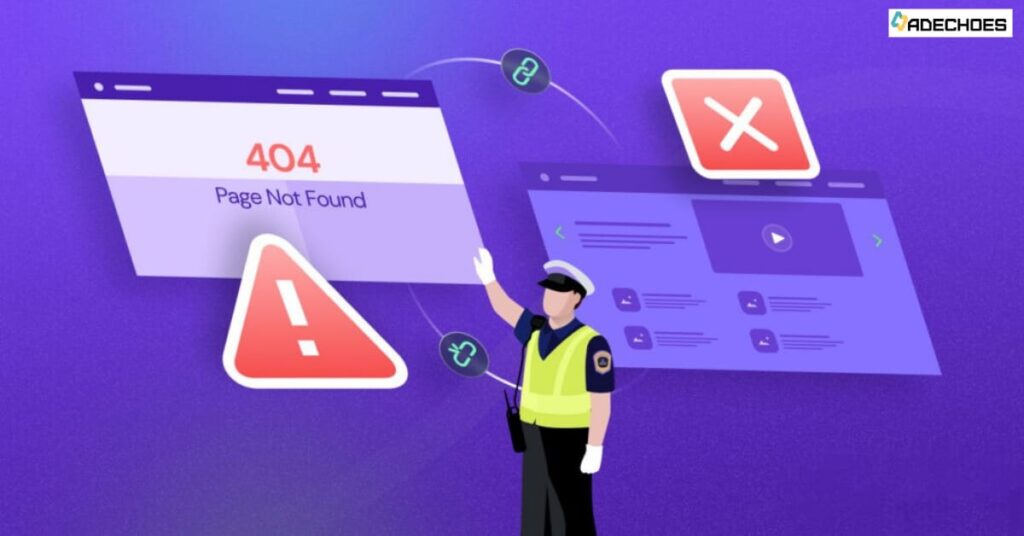

Creating backlinks is a crucial aspect of SEO that can significantly enhance your website’s visibility and ranking. However, the process isn’t as straightforward as it might seem. Many marketers and website owners fall into common traps that can harm their SEO efforts rather than help them. Let’s dive into the four most common mistakes to avoid when creating backlinks and ensure your backlink strategy is as effective as possible.
One of the biggest misconceptions in backlink building is that more links automatically equate to better SEO. While it’s true that backlinks are a vital ranking factor, the quality of those links is far more important than the sheer number.
High-quality backlinks from authoritative and relevant sites carry more weight in search engine algorithms. A single backlink from a trusted, high-authority domain can outperform hundreds of low-quality links.
 Tips for Creating Backlinks in High Quality
Tips for Creating Backlinks in High QualityAnother common mistake when creating backlinks is acquiring links from unrelated websites. Relevance is a key factor in SEO, and search engines prioritize links that are contextually appropriate.
Backlinks from relevant sites signal to search engines that your content is credible and valuable within your specific industry. Irrelevant links, on the other hand, can confuse search engines and diminish your site’s authority.
Exact match anchor text, where the link text exactly matches the keyword you want to rank for, can be tempting to use frequently. However, overusing this tactic can lead to penalties from search engines.
Search engines are becoming increasingly sophisticated and can recognize when exact match anchor text is being manipulated. A balanced approach that includes a variety of anchor texts is more natural and effective.
Some marketers make the mistake of building backlinks and then neglecting to monitor them. However, backlinks can change over time, and a once-valuable link can become harmful if the linked page becomes irrelevant or low-quality.
By keeping a close eye on your backlinks, you can quickly address any issues that arise, such as links from spammy sites or broken links that no longer provide value.
Creating backlinks is a powerful strategy for boosting your website’s SEO, but it must be done with care. By avoiding these common mistakes—focusing on quality over quantity, ensuring relevance, using varied anchor text, and monitoring your links—you can build a strong, effective backlink profile that enhances your site’s authority and visibility.
The most important factor is the quality of the backlinks. High-quality links from authoritative and relevant sites carry more weight than many low-quality links.
Ensure that the websites you target for backlinks are related to your niche and that the links are contextually appropriate within the content.
Exact match anchor text is when the linked text matches the keyword you want to rank for exactly. While useful, it should be used sparingly to avoid penalties.
Monitoring backlinks is crucial because the quality and relevance of backlinks can change over time. Regular monitoring helps you maintain a healthy backlink profile.

Hello, from adechoes.in, your one-stop shop for anything related to digital marketing. Here, we’re passionate about using smart content and useful strategies to support businesses in their online initiatives.
Check out our blog for helpful information on tools, strategies, and trends in digital marketing. Are you prepared to develop your digital strategy? Speak with us right now to find out how we might work together on your upcoming project.
© 2023 – All Rights Reserved • Blog By Tisha

Hello, from adechoes.in, your one-stop shop for anything related to digital marketing. Here, we’re passionate about using smart content and useful strategies to support businesses in their online initiatives.
Check out our blog for helpful information on tools, strategies, and trends in digital marketing. Are you prepared to develop your digital strategy? Speak with us right now to find out how we might work together on your upcoming project.
© 2023 – All Rights Reserved • Blog By Tisha

Hello, from adechoes.in, your one-stop shop for anything related to digital marketing. Here, we’re passionate about using smart content and useful strategies to support businesses in their online initiatives.
Check out our blog for helpful information on tools, strategies, and trends in digital marketing. Are you prepared to develop your digital strategy? Speak with us right now to find out how we might work together on your upcoming project.
© 2023 – All Rights Reserved • Blog By Tisha
Very Helpful Content
Very good